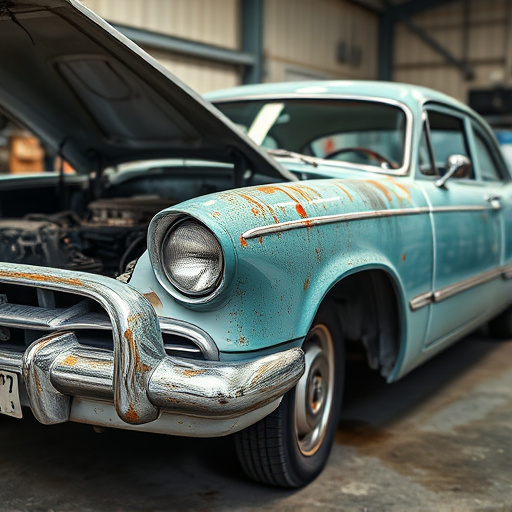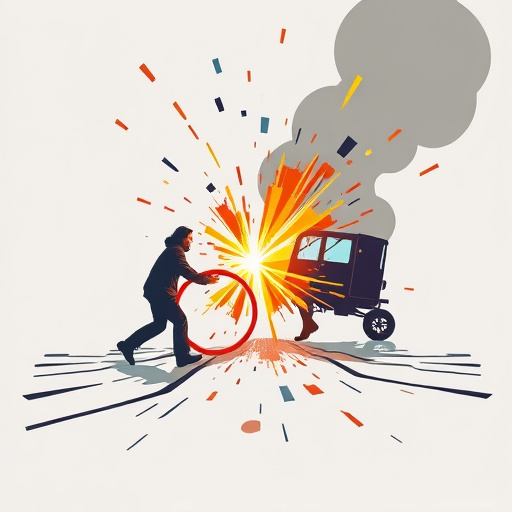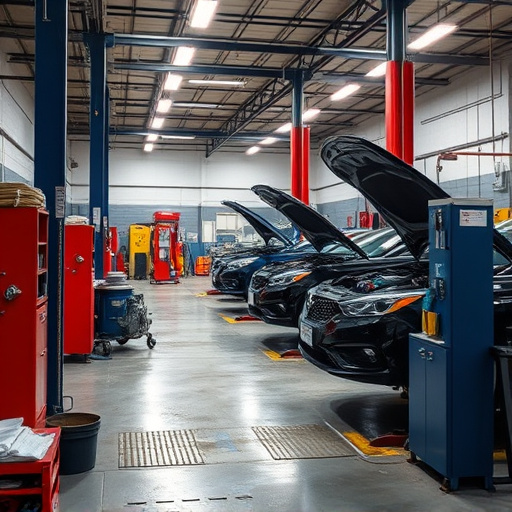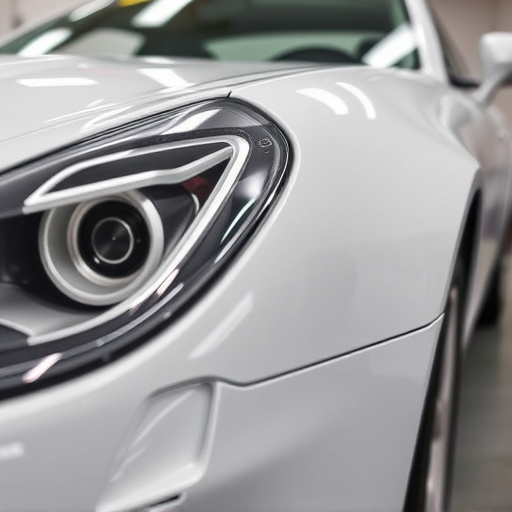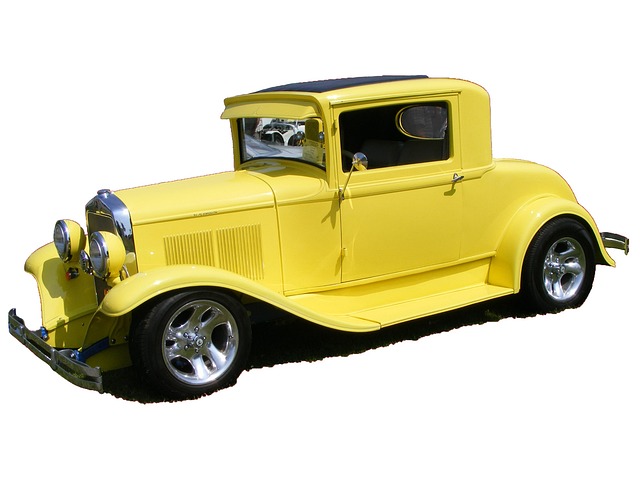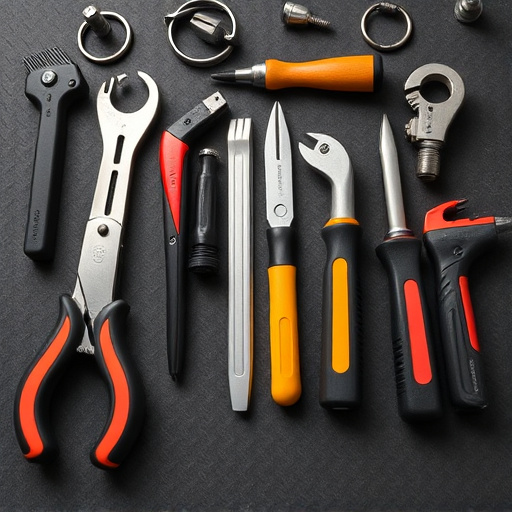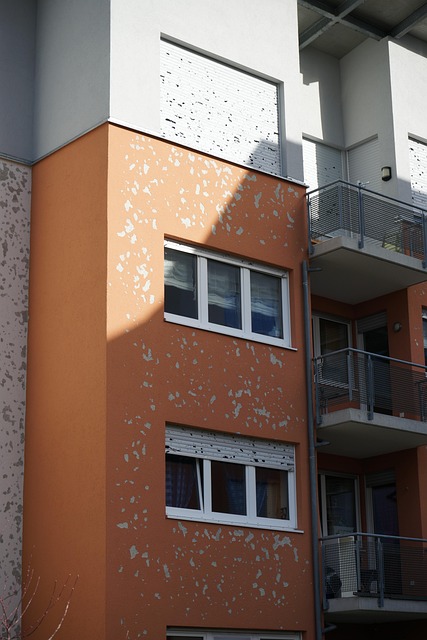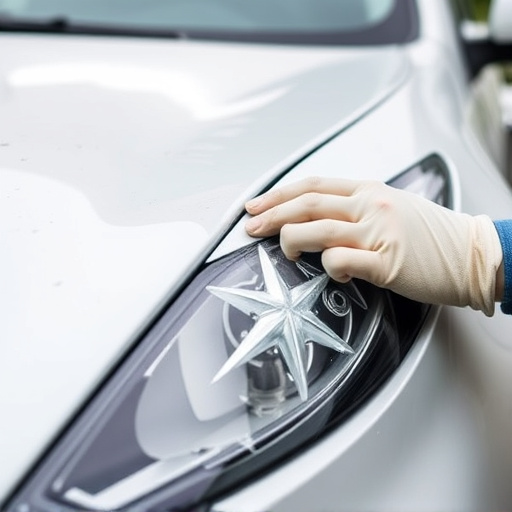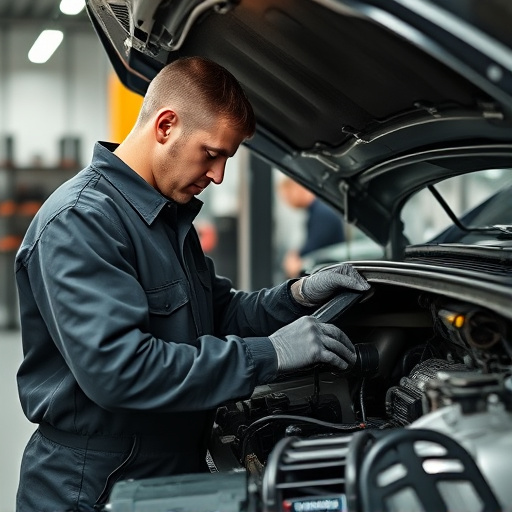High-Strength Steel Repair (HSSR) is a cutting-edge solution for modern vehicle restoration, prioritizing structural integrity and durability, especially for older cars needing to meet current crash-test regulations. This method uses specialized materials to accurately recreate original designs while enhancing exterior strength against future damage, being crucial in bumper repair and auto body painting. HSSR offers advantages like superior safety, improved performance during collisions, reduced weight (boosting fuel efficiency), and minimal future repair needs, thus extending vehicle lifespans. Proper repair requires meticulous preparation, specialized tools, adherence to guidelines, advanced welding techniques, and certification for optimal outcomes that meet safety standards.
In the realm of vehicle restoration, high-strength steel repair is a game-changer. As folks dive into the intricate process of reviving classic or damaged cars, understanding and utilizing advanced materials like high-strength steel (HSS) is crucial. This material plays a pivotal role in enhancing structural integrity, ensuring safety, and providing durability. In this article, we explore why HSS repair is a must for enthusiasts, delving into its benefits and best practices to achieve exceptional restoration outcomes.
- Understanding High-Strength Steel Repair: Its Role in Vehicle Restoration
- Benefits of Using High-Strength Steel for Auto Repairs
- Techniques and Best Practices for Effectively Conducting High-Strength Steel Repairs
Understanding High-Strength Steel Repair: Its Role in Vehicle Restoration
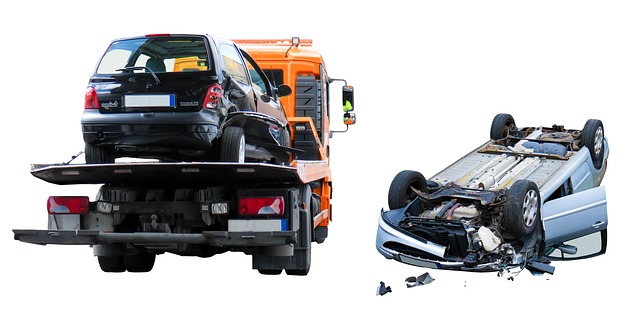
High-Strength Steel Repair (HSSR) plays a pivotal role in modern vehicle restoration, offering enhanced structural integrity and durability. This advanced technique is particularly crucial for restoring older vehicles, where traditional repair methods might not be sufficient to maintain safety standards. HSSR involves using specialized materials that can withstand extreme forces, ensuring the restored vehicle meets current crash-test regulations.
In an automotive body shop, HSSR techniques are employed in various aspects of bumper repair and auto body painting processes. By incorporating high-strength steel, technicians can accurately recreate original designs while fortifying the car’s exterior against potential future damage. This not only extends the life of the vehicle but also guarantees a more robust and reliable structure for years to come.
Benefits of Using High-Strength Steel for Auto Repairs
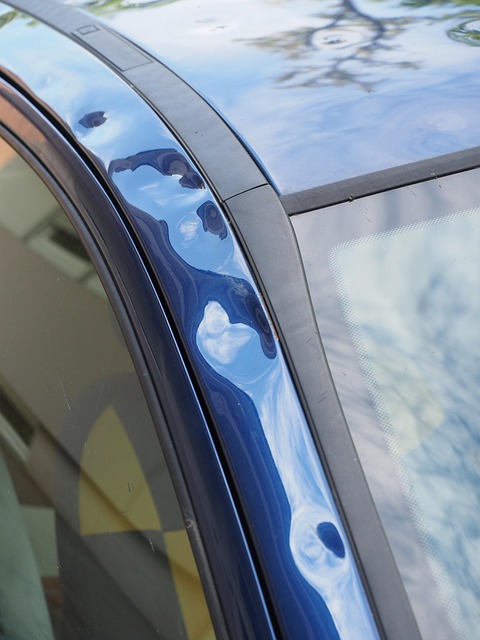
High-Strength Steel Repair offers a multitude of benefits for vehicle restoration projects. This advanced material is designed to withstand extreme forces, making it ideal for auto body repairs and collision damage reconstruction. Its superior tensile strength ensures that vehicles return to their pre-incident structural integrity, enhancing safety and performance during high-stress situations on the road.
Using high-strength steel in auto frame repair can significantly reduce weight, leading to better fuel efficiency and improved handling dynamics. This is particularly advantageous for modern vehicle designs focused on lightweight construction and enhanced sustainability. Moreover, its durability minimizes the need for repeated repairs, offering cost savings for both owners and collision repair shops over time, as it enhances the overall longevity of the vehicle’s body structure in case of future accidents or exposure to harsh weather conditions.
Techniques and Best Practices for Effectively Conducting High-Strength Steel Repairs

When conducting high-strength steel repairs for vehicle restoration, it’s crucial to employ techniques that ensure structural integrity and longevity. This begins with meticulous preparation, including a thorough inspection to identify damage and weakened areas. Using specialized tools and equipment designed for high-strength materials is essential, as is adhering to the manufacturer’s guidelines for specific steel types. The repair process itself requires precision, utilizing advanced welding techniques and state-of-the-art equipment to match the original strength and durability of the steel.
Best practices include using high-quality, certified high-strength steel components and ensuring proper joint design and reinforcement. Extensive testing and quality control measures are vital to verify the repairs’ effectiveness. Additionally, partnering with experienced technicians who have expertise in auto collision centers or leveraging top-tier auto body services can significantly enhance repair outcomes. Car repair services that incorporate these techniques and adhere to safety standards will yield superior results for vehicle restoration projects.
High-strength steel repair is no longer an option but a necessity in modern vehicle restoration. Its benefits are clear: enhanced structural integrity, improved safety, and a durable solution for repairing damaged vehicles. By employing advanced techniques and best practices, restorers can ensure these repairs stand the test of time, preserving the vehicle’s value and performance. Investing in high-strength steel repair is a smart move that guarantees both quality and longevity in every restoration project.
